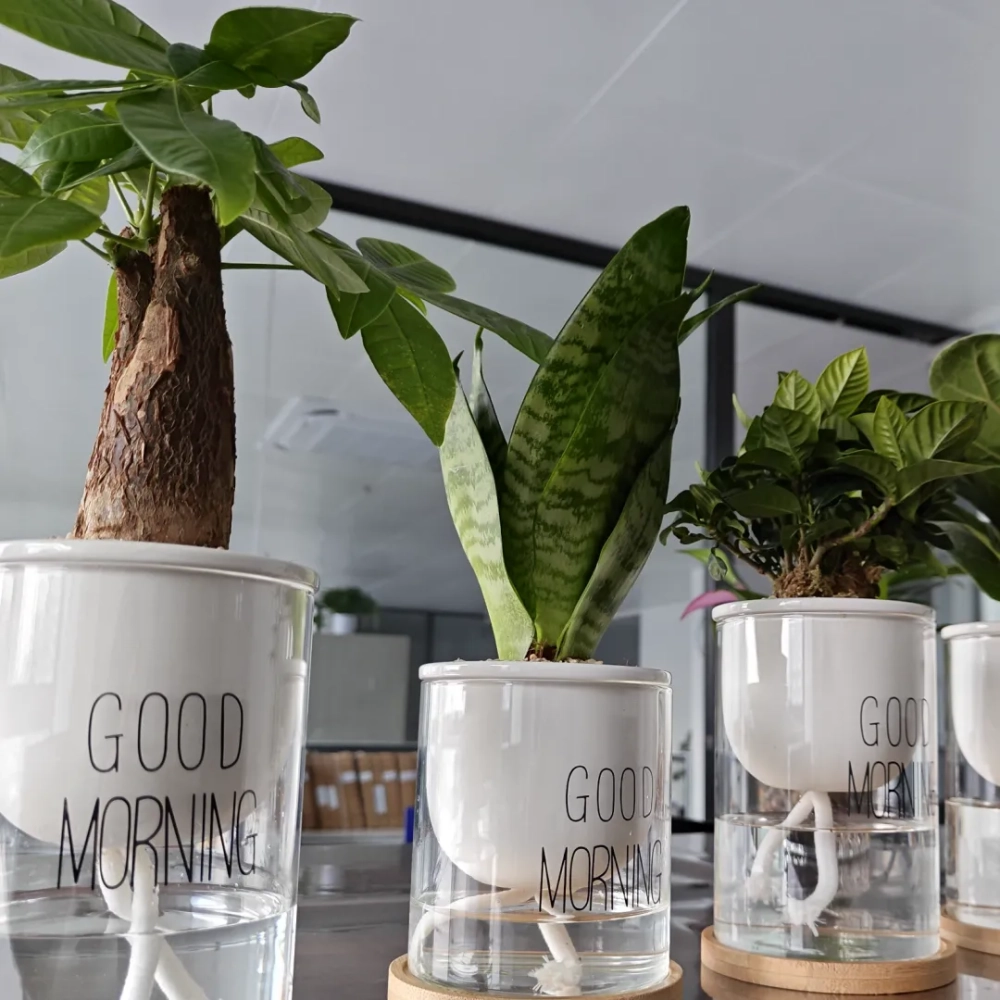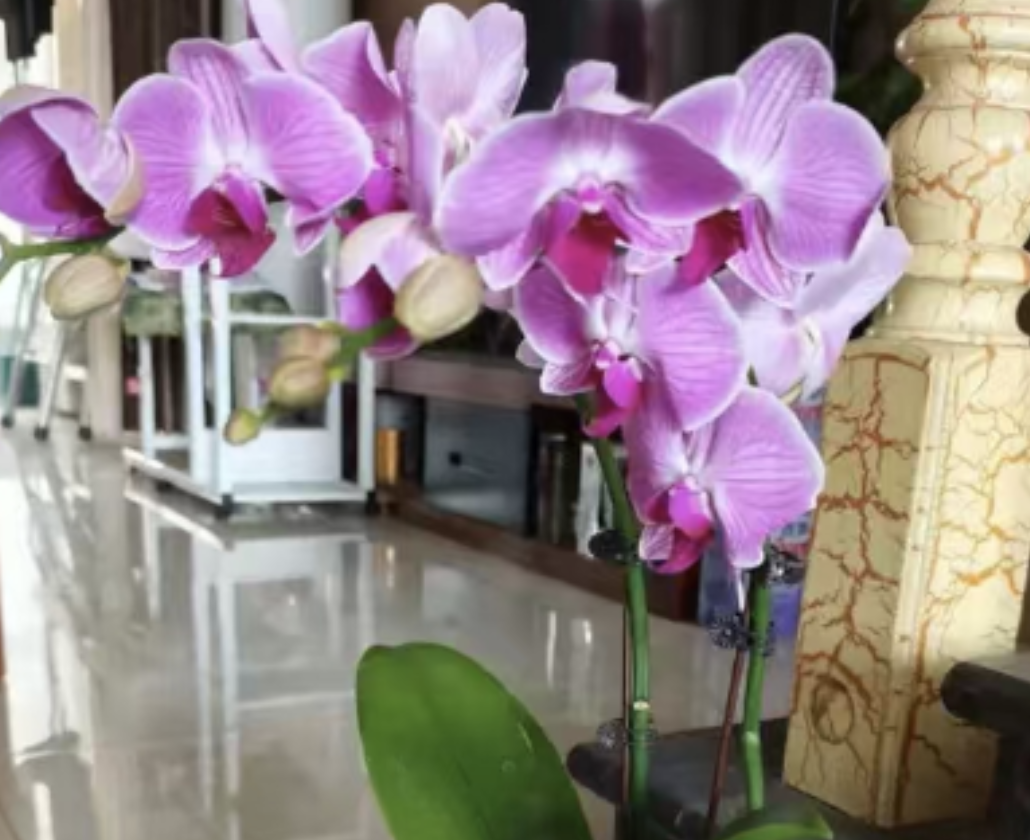Hydroponic plants are highly favored for their high aesthetic appeal and ease of maintenance. However, during the maintenance process, how to fix the plants is a problem that troubles many people. Here are some practical tips for fixing hydroponic plants:
**Selection of Basic Materials**
1. Glass beads:
- Characteristics: Round and translucent, they are not only beautiful but also serve a fixing function.
- Usage method: Select glass beads with a diameter of about 0.5 - 1 cm. Spread them 2 - 3 cm thick at the bottom of the bottle, and gently insert the plant roots into them.
2. Vermiculite:
- Characteristics: Natural, sterile, lightweight, and highly absorbent.
- Usage method: Soak vermiculite in water to make it fully absorb water. Then bury the plant roots in the vermiculite and place it in the hydroponic container.
**Clever Fixing Methods**
1. Sponge fixing method:
- Applicable plants: Plants with thin stems, such as hydroponic Epipremnum aureum and Chlorophytum comosum.
- Operation method: Prepare a thin piece of sponge, cut it into a suitable shape, make a hole in the middle of the sponge, thread the plant stem through it, and let the bottom of the sponge touch the water surface.
2. Branch support method:
- Applicable plants: Taller or easily toppling plants, such as Dracaena sanderiana.
- Operation method: Select a branch of appropriate thickness, trim it to a suitable length, insert it into the hydroponic bottle, lean the plant stem against the branch, and gently tie and fix it with thin twine.
**Advanced Fixing Techniques**
1. Custom - made hydroponic basket:
- Applicable plants: Bulbous flowers, such as hydroponic Tulipa gesneriana and Hyacinthus orientalis.
- Operation method: Make a hydroponic basket using wire mesh or plastic mesh. Place the plant in the basket, let the roots pass through the mesh holes and immerse in water. Fix the basket mouth by hooking or clamping it on the edge of the container.
2. 3D - printed fixing frame:
- Characteristics: Personalized, precise, and highly customizable.
- Operation method: Design a unique fixing structure according to the type of plant and the shape of the container, such as a ring - shaped or column - shaped bracket with slots and holes. Then print it out using a 3D printer to perfectly fit the curves of the plant roots and stems.
**Other Fixing Methods**
1. Use a stabilizing stand: For tall plants, a special stabilizing stand can be used to fix them to prevent the plants from falling and getting damaged.
2. Use a root - protecting net: The root - protecting net is a material that can be used to protect the plant roots, preventing the roots from stretching and swaying randomly.
3. Use cotton thread: Pass the cotton thread through the plant stem and tie it to a foam board. Cotton thread is easy to adjust and re - configure, making it suitable for fixing plants of different sizes and shapes.
4. Utilize stones: Cleaned stones can provide stable support for plants and increase the stability of the hydroponic environment.
5. Use a special fixer: There are special hydroponic fixers available on the market, made of lightweight materials without burdening the plants. When using it, fix the fixer on the edge of the container and then place the plant in the fixer.
**Precautions**
1. When fixing plants, ensure that no harm is caused to the plants and guarantee their stable growth.
2. Regularly check the condition of the plants and the fixing situation, and promptly adjust and correct unstable parts.
3. Select a suitable fixing method according to the characteristics of the plants to achieve the best fixing effect.
Methods to Keep Hydroponic Green Plants Upright and Stable

Share with
Tagged in :




Leave a Reply